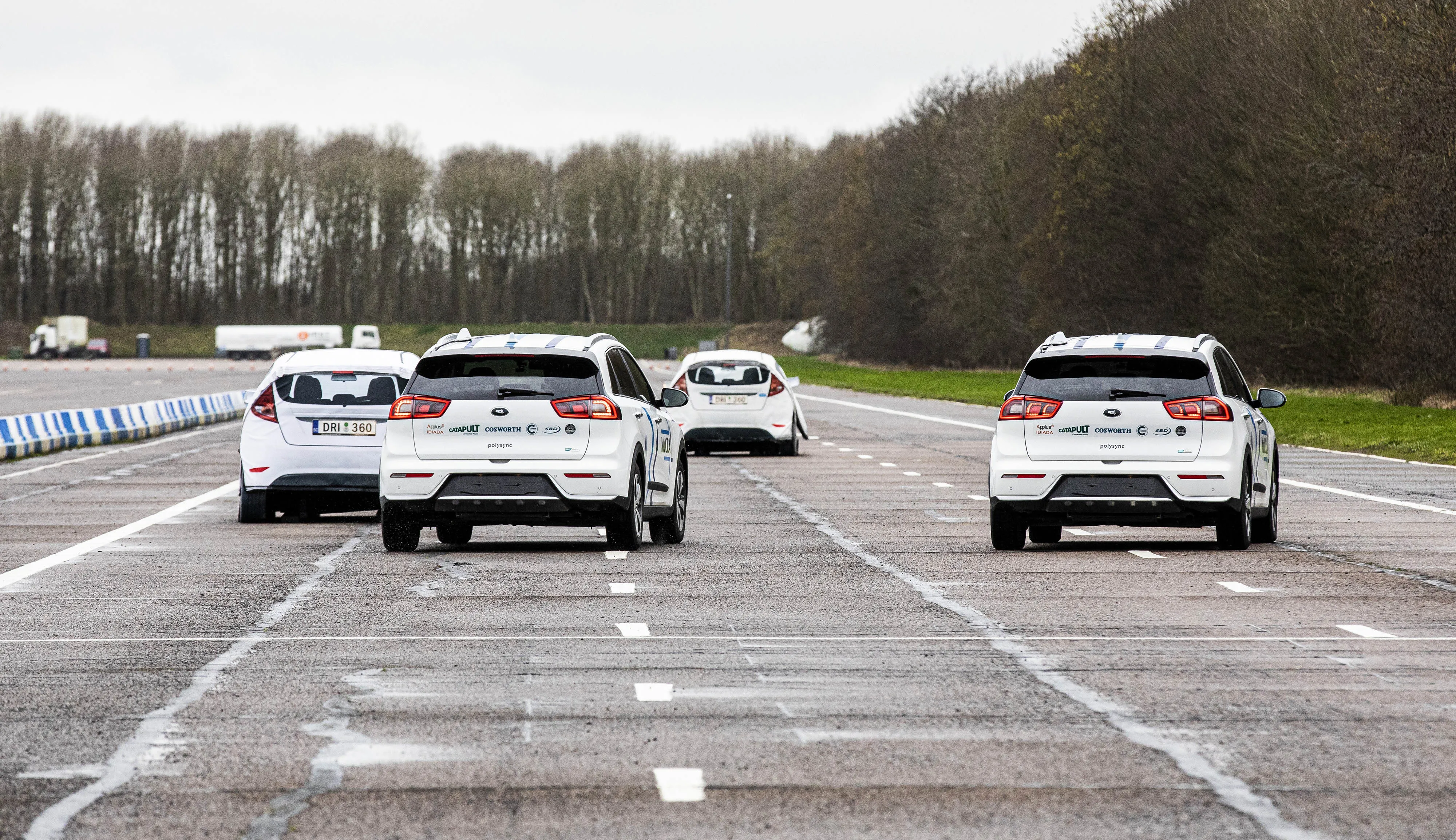According to a report made by Google to the Department of Motor Vehicles (DMV), one of its autonomous vehicles (AV) has been in collision with a municipal bus in California. The crash happened on Valentine’s Day, when the Lexus RX-450H was travelling in autonomous mode in the right-hand lane approaching an intersection. It moved to the far right lane to make a right turn, but stopped when it detected sand bags sitting around a storm drain and blocking its path.
March 1, 2016
Read time: 3 mins
According to a report made by 1691 Google to the Department of Motor Vehicles (DMV), one of its autonomous vehicles (AV) has been in collision with a municipal bus in California.
The crash happened on Valentine’s Day, when the4349 Lexus RX-450H was travelling in autonomous mode in the right-hand lane approaching an intersection. It moved to the far right lane to make a right turn, but stopped when it detected sand bags sitting around a storm drain and blocking its path.
According to the DMV report, “After a few cars had passed, the Google AV began to proceed back into the center of the lane to pass the sand bags. A public transit bus was approaching from behind. The Google AV test driver saw the bus approaching in the left side mirror but believed the bus would stop or slow to allow the Google AV to continue. Approximately three seconds later, as the Google AV was re-entering the center of the lane it made contact with the side of the bus.”
Jonathan Hewett, head of strategy at insurance telematics specialist, Octo Telematics, comments, “The advent of autonomous cars could revolutionise transportation, offering a safer, more fuel-efficient and comfortable experience. However, the recent crash between a municipal bus and Google’s self-driving Lexus RX450h in California demonstrates that we still have numerous hurdles to overcome on the path to a driverless future.
“Experts acknowledge it could be decades before regulators allow vehicles to be built without manual controls, and it is possible that during the transition period when conventional and self-driving vehicles would share the road, safety might actually worsen. It’s clear that throughout this journey, the insurance industry will play an important role, supporting this evolution by providing data driven insurance at every stage.
“Some might argue that if autonomous cars become ‘crashless’, we may not need motor insurance. But this viewpoint is overstated. A January 2015 study by the University of Michigan’s Transportation Research Institute said it is not clear whether a self-driving vehicle would ever perform more safely than an experienced driver. More likely, autonomous cars will significantly reduce the number of accidents that occur, meaning less claims but requiring more sophisticated assessment. As autonomous cars are driven by navigational data provided by a series of sensors, any accident will require software and hardware analysis to understand why it occurred and analogous to ‘black box’ flight recorders in aviation. Therefore telematics-based insurance policies will be critical in the technology driven future.”
The crash happened on Valentine’s Day, when the
According to the DMV report, “After a few cars had passed, the Google AV began to proceed back into the center of the lane to pass the sand bags. A public transit bus was approaching from behind. The Google AV test driver saw the bus approaching in the left side mirror but believed the bus would stop or slow to allow the Google AV to continue. Approximately three seconds later, as the Google AV was re-entering the center of the lane it made contact with the side of the bus.”
Jonathan Hewett, head of strategy at insurance telematics specialist, Octo Telematics, comments, “The advent of autonomous cars could revolutionise transportation, offering a safer, more fuel-efficient and comfortable experience. However, the recent crash between a municipal bus and Google’s self-driving Lexus RX450h in California demonstrates that we still have numerous hurdles to overcome on the path to a driverless future.
“Experts acknowledge it could be decades before regulators allow vehicles to be built without manual controls, and it is possible that during the transition period when conventional and self-driving vehicles would share the road, safety might actually worsen. It’s clear that throughout this journey, the insurance industry will play an important role, supporting this evolution by providing data driven insurance at every stage.
“Some might argue that if autonomous cars become ‘crashless’, we may not need motor insurance. But this viewpoint is overstated. A January 2015 study by the University of Michigan’s Transportation Research Institute said it is not clear whether a self-driving vehicle would ever perform more safely than an experienced driver. More likely, autonomous cars will significantly reduce the number of accidents that occur, meaning less claims but requiring more sophisticated assessment. As autonomous cars are driven by navigational data provided by a series of sensors, any accident will require software and hardware analysis to understand why it occurred and analogous to ‘black box’ flight recorders in aviation. Therefore telematics-based insurance policies will be critical in the technology driven future.”










